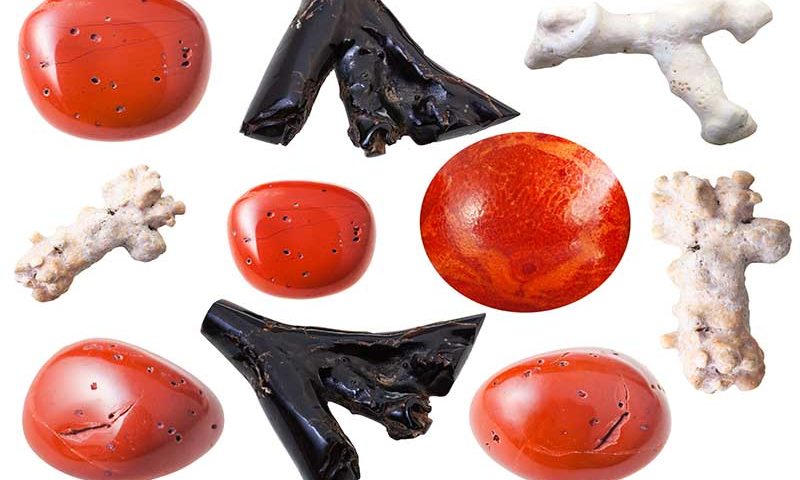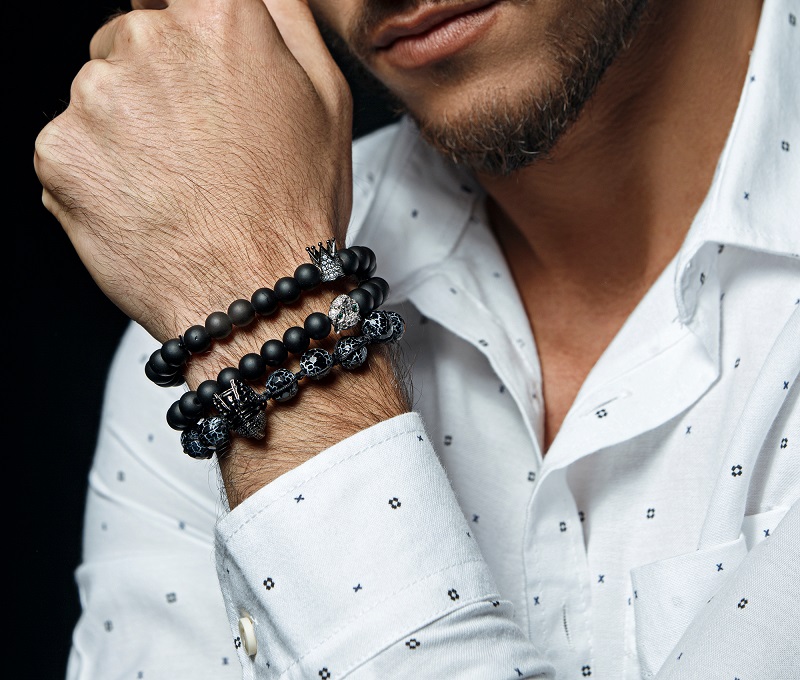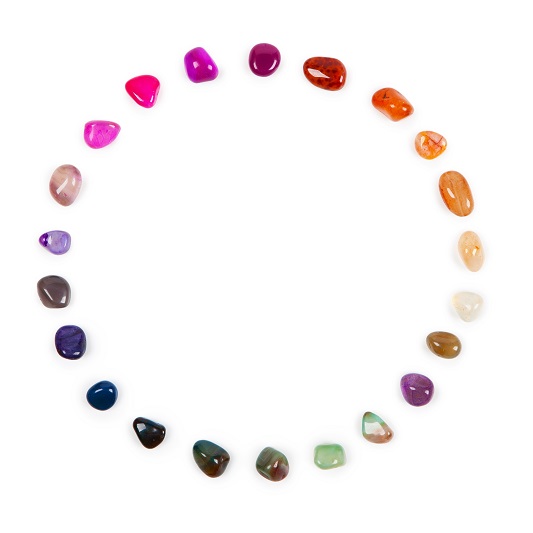Gemstone of the Week: Coral

Best Schools to Get your Degree in Jewellery Design
8th September 2017
Sunken Treasure Ships: Riches up for Grabs!
8th September 2017
Bearing the nickname Sea’s Garden, Coral was once thought to be merely a plant; however, the precious gemstone is actually an organic product, deriving from living organisms deep under the ocean’s surface. Right at the heart of Greek Mythology, legend has it that this beautiful gemstone was first formed when Perseus beheaded Medusa. After cutting off her head, a small drop of her blood dripped into the ocean, thought to become the shiny red stone used in gemstone jewellery today. Beholding more than meets the eye, this ancient tale refers to Coral as a stone of healing and transformation. Before being turned into a hideous monster by Athena, Medusa was thought to be a picture of beauty, and although she died with an ugly outer appearance, the formation of coral from her blood is believed to as beautiful as her former self. This myth is thought to be a contributing factor to why coral is viewed today as a beautiful healing crystal. In this article, we will discuss this precious stone in more detail, exploring its properties, location, and healing benefits.
How to Identify Coral
Like many precious gemstones, Coral doesn’t benefit from being particularly hard or durable, with its hardness rating only being a 3 on the Mohs scale. The soft property of the stone comes in handy when attempting to distinguish this gemstone, as many gems with a similar outer appearance such as rhodonite, carnelian or garnet, are much harder. When trying to determine whether or not your gemstone is genuine coral, there are a couple of tests that you can easily do, in the comfort of your own home, as below:
The Milk Test
To perform the milk test, first, pour out a small glass of milk and then carefully drop your stone into the bottom. If your coral is real, the milk will change colour, appearing pinkish in tone as the milk absorbs some of the stones natural colour.
The Magnification Test
For this test, you will need to have a magnifying glass, a white surface, and your gemstone to hand. Carefully placing the coral onto the white surface, take your magnifying glass and begin to observe the surface of the stone. Are there granules present? For the stone to be true Coral, its surface should be even and smooth; if granules are visible to the naked eye, it’s likely you have a fake on your hands.
Rubbing Test
Although various other tests to identify Coral exist, the last one we are going to touch on today is known as the ‘rubbing test’. To begin, take the gemstone between two fingers, and gently rub, or tap your fingernail against its surface. Notice the noise that is being made. If the sound present is similar to that of glass being tapped, it’s more than likely that your stone isn’t real, as the majority of the fake gemstones on the market today, are manufactured using glass.
Different Colours and Types of Coral
Today, the most commonly used type of Coral in jewellery is red in colour, and often referred to as ‘Precious Coral’. Typically appearing somewhere between a warm pink tone and a dark red, Precious Coral is popular in a wide variety of shades; including deep red, known as Moro Coral, medium-red, referred to as Sardegna and salmon, known as Momo. Unlike most other gemstones, the colour of Coral has the potential to fade when worn, meaning that a once deep-red stone, could gradually change with time to a light-pink. Although red is the most popular choice, Precious Coral is available in other colours too, such as white, black, blue and even gold. Found in Hawaii, gold coloured Coral is extremely rare, and consequently highly desired, making a piece of high-end jewellery designed with gold Coral an incredibly expensive purchase.
Where is Coral Found?
Forming deep under the ocean’s surface, precious coral is produced by small living organisms, known as coral polyps. The branching, the antler-like structure is composed of hard calcium carbonate, gaining its notable colouring from carotenoid pigments. Growing at an average rate of as little as 1mm per year, Precious Coral takes years to form, making larger stones valuable, and highly sought-after. Unworked Coral is often dull, but when polished with fine-grained sandstone and finished off with a felt wheel, the organic gem can be used for beautiful jewellery, beads and even sculptures.
Though this precious stone is found all over the world, Torre del Greco, in Italy, houses the top Coral trading centre, processing almost 75% of the world’s supply of Coral. Today, the majority of the Precious Coral on the market is collected from the Western Mediterranean Ocean; however, smaller deposits of the natural stone are found in various other locations, including The Red Sea, Japan, Australia and the islands of Hawaii.
Healing Properties of Coral
Thought to hold an array of physical and spiritual healing properties, organic Coral is commonly used as an aid for physical and mental wellness. Believed by some to attract love and prosperity, Red Coral is often seen as a stone of passion. The gemstone can also be used to reconnect with nature, allowing you to appreciate its variety of natural awe, with the added benefit of bringing out one’s creativity and optimism, meaning that coral is a great tool for positive thinking.
Emotionally, coral is believed to promote inner strength, peace, and understanding, particularly of situations that seem out of one’s control; while physically, the stone is used as an alternative medicine in crystal healing, thought to benefit the blood, respiratory system and bladder in addition to easing chronic conditions such as epilepsy and asthma.
Summary
Whether you are hoping to wear a beautiful piece of Coral gemstone jewellery, or you are interested in using the stones healing properties to aid your circulation, purchase a piece of organic Precious Coral and reap the benefits. As always, remember that healing crystals should only be used as an additional support for chronic health conditions, alongside health care from a professional GP or doctor.




